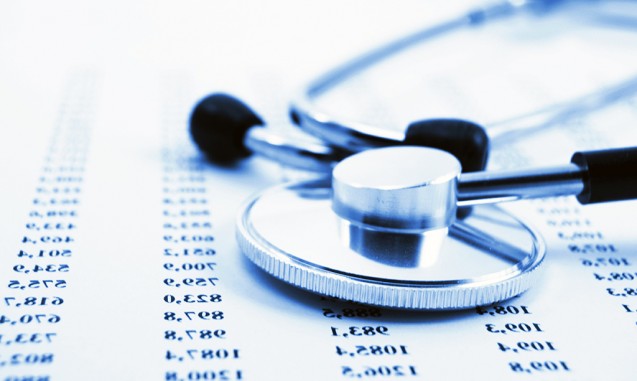Healthcare centres generate and accumulate large amounts of data: admissions records, handwritten prescriptions, image files, data from radiology and pharmacy monitoring systems, patients’ medical records and files for book-keeping and other administrative tasks. Obviously, in clinical and administrative terms the analysis of this information can contribute to running hospitals more efficiently; but there is so much data of so many types that many hospitals still don’t have the tools to process it. The data is here to stay, however; and we are beginning to use it to improve the efficiency, safety and quality of our health care systems.
The Sant Joan de Déu Health Park makes the constant monitoring and evaluation of patient care a priority in its quality management plan. According to Maria Luisa de la Puente, head of the Park’s Safety and Quality Unit, this interest stems from two fundamental changes in recent history in the mindset of the medical profession—one cultural and the other technological: “Before, we weren’t concerned with such issues,” she observes. “Nobody doubted that doctors were doing everything they could to cater to their patients’ needs because they’d put in their six years of basic study and three more of specialization; but in the last twenty years things have changed: healthcare providers are now required to do constant in-service training and their results are systematically reviewed. And the other new development is that everything is being digitized.”
«We have administrative or procedural information on the one hand and then we also have strictly clinical data»
At Sant Joan de Déu, all the data patients generate is digitized in the hospital’s computer system, from the time they are admitted to the moment they are discharged. “We have administrative or procedural information on the one hand and then we also have strictly clinical data,” says de la Puente. “Some of this information has to be made available to the Catalan Health Service when they contract us, like how long patients normally have to wait before receiving attention or getting an appointment, and information about the waiting lists we have for tests and for surgery. Other information is useful for our own purposes, like statistics on the areas of hospital activity we want to monitor.” These, she explains, include the Park’s consumption of basic resources, its admission or readmission of chronic patients, outpatient activity and the use of the hospital’s emergency services.
The fact is, information about the state of play on these different fronts informs the decision-making process: “Having information helps you compare and contrast your institution with other healthcare centres and monitor your own progress from one moment to the next,” de la Puente observes. “Without points of reference you can’t be sure you’re doing things right, either. For example, the WHO currently recommends that births by caesarean section should not exceed 20% to 21% of the overall number of a hospital’s births. That provides a yardstick. But sometimes it’s more difficult when there’s an institution giving you the orientation. So we set our own standards, monitor our working trends and establish our own objectives. And without information, we simply wouldn’t be able to do it.”
The information management system
The Sant Joan de Déu Health Park has adopted an information management system to organize its data and get the most of it. “We’ve designed a three-tier system,” de la Puente explains, “because there are basically three decision-making levels to attend to: at the top end, there’s the director general, who needs the information to be boiled down; then comes a middle level, where the general hospital’s management team, the team for mental health and certain area managers all need another degree of detail; and at a third level we have the heads of the hospital’s various services. Each level needs access to information in a different way and may find certain kinds of information more useful than others; and we can also decide what each level should be working with.”
The new system also makes it possible for the hospital to evaluate its service to the community by allowing patients to record their complaints and suggestions and by running customer surveys. “Some surveys are set up by us and others are organized by the Catalan Health Service,” de la Puente explains. “The data we get from the Service is also very valuable because it comes from independently conducted surveys and these often help us detect shortcomings we weren’t previously aware of. We’re also beginning to run surveys with specific patient groups, like chronic patients, because we see this as a way to centre our medical service on the individual.” But the real step forwards, she feels, will come when all the information the Park handles manually has been digitized and can be processed as data.
“We believe that the most important way information systems help healthcare providers is by pointing us towards the community’s health issues,” de la Puente concludes. “Whether you’re a doctor working in primary health care, a nurse on duty in a community health centre or a medical professional in a health park like ours, you have to keep on evaluating what you do. And at the very least, you need to be able to evaluate a patient’s state of health, either by examining that patient’s progress or by comparing one patient with others. Information systems also help people understand more about the illness they have and manage themselves more effectively. Last of all, they allow us to effectively apply our scientific knowledge to the tasks of prevention, diagnosis and treatment. And the sum of these reasons makes information systems an essential part of the healthcare system.

